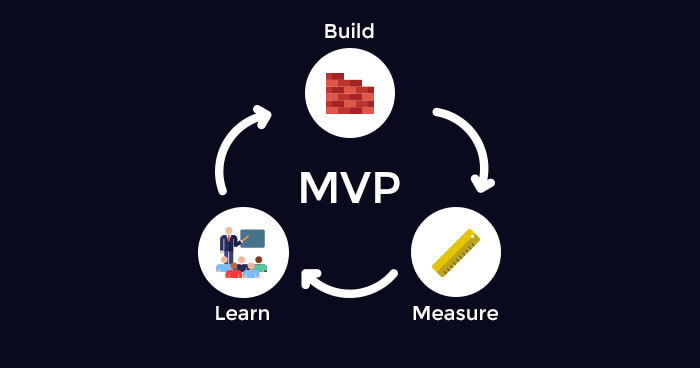Business
A Step-by-Step Guide to create a Minimum Viable Product (MVP) for startup

Creating a Minimum Viable Product (MVP) is an essential step for startups looking to test their product idea, validate the market, and attract early adopters. An MVP is a product with just enough features to solve a problem for a target audience, without building out the full set of features. In this article, we will discuss a step-by-step guide to creating an MVP for a startup.
Step 1: Define your target audience
The first step in creating an MVP is to define your target audience. Who are you building the product for? What are their pain points? What solutions are they looking for? Conduct market research to identify your target audience, their needs, and preferences.
Step 2: Identify core features and functionalities
Next, identify the core features and functionalities that are essential for your product. What is the most basic version of your product that can still solve the problem for your target audience? List out the features that are necessary and prioritize them.
Step 3: Develop the MVP using no-code or low-code tools
Once you have identified the core features and functionalities, you can start developing your MVP using no-code or low-code tools. These tools allow you to build a product without writing code, which can save time and reduce costs. Some popular no-code or low-code tools include Bubble, Webflow, and Airtable.
Step 4: Test the MVP with target audience
Once you have developed your MVP, it’s time to test it with your target audience. Gather feedback from early adopters and incorporate their suggestions into your product. This will help you identify potential areas for improvement and ensure that your product meets the needs of your target audience.
Step 5: Iterate and improve
Based on the feedback you receive, iterate and improve your MVP. Incorporate new features and functionalities and refine existing ones. Keep testing and gathering feedback until you have a product that meets the needs of your target audience.
Step 6: Launch and scale
Once you have developed a successful MVP, it’s time to launch and scale your product. Use the feedback you received during the testing phase to refine your product and improve the user experience. Develop a marketing strategy to attract new users and grow your customer base.
Conclusion
Creating an MVP is a crucial step for startups looking to test their product idea, validate the market, and attract early adopters. By defining your target audience, identifying core features and functionalities, developing the MVP using no-code or low-code tools, testing it with your target audience, iterating and improving, and launching and scaling, startups can create a successful MVP that meets the needs of their target audience. By following these steps, startups can efficiently build their products and accelerate their time-to-market. Voypost is a team of experienced developers who specialize in developing MVPs for startups. Our remote developers use cloud computing, and outsourcing to develop MVPs quickly and cost-effectively. Voypost has a portfolio that showcases their expertise in developing MVPs across various industries, and they have a reputation for delivering high-quality products. By working closely with startups, Voypost ensures that the MVP meets the needs of their target audience and delivers a user-friendly experience. Additionally, Voypost provides dedicated project managers to oversee the development process, ensuring timely delivery and quality output. By leveraging Voypost’s expertise in developing MVPs, startups can efficiently build their products and accelerate their time-to-market.





















































